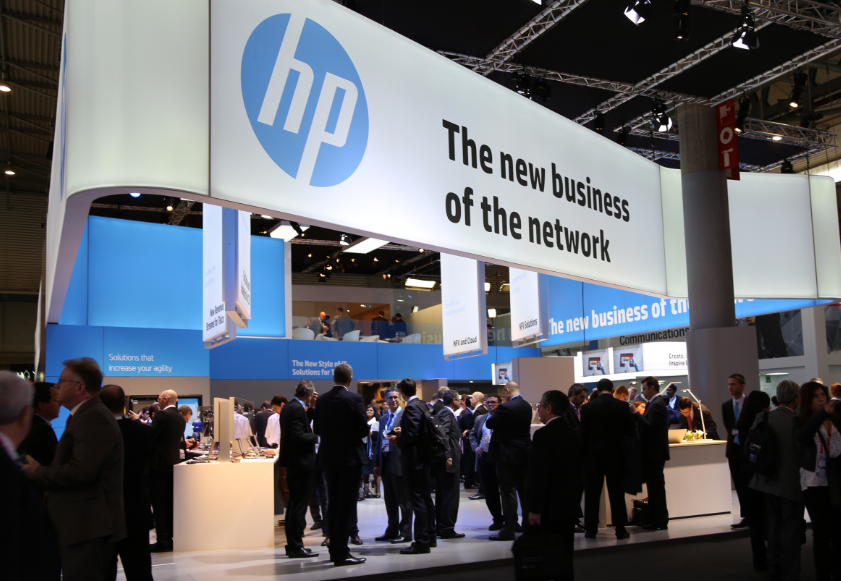IEEE announced the availability of 802.3bm, IEEE Standard for Ethernet Amendment: Physical Layer Specifications and Management Parameters for 40 Gbps and 100 Gbps Operation Over Fiber Optic Cables.
The amendment reduces “lane count” for 100 Gbps applications (from 10 lanes at 10 Gbps each to four lanes at 25 Gbps each), expands the reach for 40 Gbps services to 40 kilometers and expands Energy Efficient Ethernet capability to include optical links.
IEEE said these modifications to the 802.3 standard for Ethernet are driven by a number of advances in optical networking, enabling migration to higher-density applications, reducing cost and power demand of 100 Gbps devices and simplified metropolitan services.
 “Significantly higher Ethernet performance, capacity and reach in optical networking are needed especially inside and among data centers across metropolitan areas, given the ongoing proliferation of smartphones, video-on-demand, cloud computing and other bandwidth-intensive applications such as the Internet of Things,” said Dan Dove, chair of the IEEE P802.3bm Task Force and chief consultant with Dove Networking Solutions. “The project to develop IEEE 802.3bm addressed these market needs through a globally open, collaborative effort that drew contributions from a broad spectrum of engineers and end users across the Ethernet ecosystem.”
“Significantly higher Ethernet performance, capacity and reach in optical networking are needed especially inside and among data centers across metropolitan areas, given the ongoing proliferation of smartphones, video-on-demand, cloud computing and other bandwidth-intensive applications such as the Internet of Things,” said Dan Dove, chair of the IEEE P802.3bm Task Force and chief consultant with Dove Networking Solutions. “The project to develop IEEE 802.3bm addressed these market needs through a globally open, collaborative effort that drew contributions from a broad spectrum of engineers and end users across the Ethernet ecosystem.”
“The rapid growth of Internet traffic is driving the need for higher data rates, higher density and lower-cost fiber optic solutions for the data center,” said David Law, chair of the IEEE 802.3 Ethernet Working Group and distinguished engineer with HP Networking. “IEEE 802.3bm demonstrates how IEEE 802.3 is taking a forward-thinking approach to stay ahead of global demands on Ethernet networking, which paves the way for innovation in devices and services.”
http://www.ieee.org/
The amendment reduces “lane count” for 100 Gbps applications (from 10 lanes at 10 Gbps each to four lanes at 25 Gbps each), expands the reach for 40 Gbps services to 40 kilometers and expands Energy Efficient Ethernet capability to include optical links.
IEEE said these modifications to the 802.3 standard for Ethernet are driven by a number of advances in optical networking, enabling migration to higher-density applications, reducing cost and power demand of 100 Gbps devices and simplified metropolitan services.
 “Significantly higher Ethernet performance, capacity and reach in optical networking are needed especially inside and among data centers across metropolitan areas, given the ongoing proliferation of smartphones, video-on-demand, cloud computing and other bandwidth-intensive applications such as the Internet of Things,” said Dan Dove, chair of the IEEE P802.3bm Task Force and chief consultant with Dove Networking Solutions. “The project to develop IEEE 802.3bm addressed these market needs through a globally open, collaborative effort that drew contributions from a broad spectrum of engineers and end users across the Ethernet ecosystem.”
“Significantly higher Ethernet performance, capacity and reach in optical networking are needed especially inside and among data centers across metropolitan areas, given the ongoing proliferation of smartphones, video-on-demand, cloud computing and other bandwidth-intensive applications such as the Internet of Things,” said Dan Dove, chair of the IEEE P802.3bm Task Force and chief consultant with Dove Networking Solutions. “The project to develop IEEE 802.3bm addressed these market needs through a globally open, collaborative effort that drew contributions from a broad spectrum of engineers and end users across the Ethernet ecosystem.”“The rapid growth of Internet traffic is driving the need for higher data rates, higher density and lower-cost fiber optic solutions for the data center,” said David Law, chair of the IEEE 802.3 Ethernet Working Group and distinguished engineer with HP Networking. “IEEE 802.3bm demonstrates how IEEE 802.3 is taking a forward-thinking approach to stay ahead of global demands on Ethernet networking, which paves the way for innovation in devices and services.”
http://www.ieee.org/
















